You are here
Blog
We will be blogging most sessions of the Turin Congress on this page - adding content from Tuesday 11 September onwards.
Current Blogs
The last two talks of the conference discussed sustainability from quite different perspectives. What struck me about these talks was how the presenters had broadened their preservation responsibilities to include the needs of the community, the environment, the collection housing facilities, and even the care-taking organizations themselves.
“Mirror, mirror on the wall, who’s the fairest of us all?”
I was happy to reunite with Jessica Lewinsky at IIC whom I met during my internship at the Israel Museum, Jerusalem (IMJ). She opened her presentation with this quote to ask if we as conservators have been too engrossed and dutiful in our privileged positions that we forget that the preservation of our cultural heritage is a shared responsibility.
Session 14 started with the two talks about the impact of the public on the environmental changes of a heritage site and the results of this interaction. Tobit Curteis talked about the number of visits having increased in the English cathedral heritage, which has impacted the buildings’ microclimates, while Erico Rinaldi spoke about the fragility and complexity of the Pompeii site plus the exponential growth of visitors that has had direct impact on the conservation and maintenance of the site. During the third talk, Patricia Moreira and Nádia SIlva explored the biotechnology for preventive conservation concerning outdoor sculptures in Portugal.
We started the last day of the conference with a session that took us on a trip around the world. From The Palace of Westminster in London, to ancient Tumuli in Japan, finishing at the tomb of Tutankhamen in Egypt. The projects might have taken place in different latitudes on the planet, but the session had a clear focus on the importance of communication as a tool for preventive conservation regardless of location.
This session built on the use of risk analysis through the scientific effects on collections. The first of the three papers, from the National Museum in Krakow, ranged from very specific predictions on damage worsening over time to a specially designed IT tool using a logarithmic scale covering all extremes. In the questions, it was asked if deacidification was considered, but this was considered inappropriate for the high-value works on low-quality paper.
Organising partners for the IIC Turin Congress are:

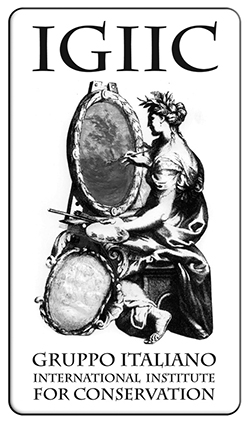
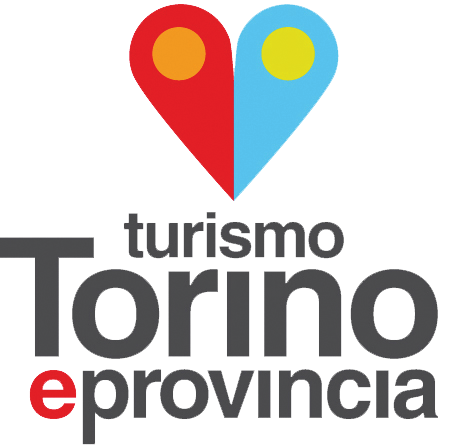

In collaboration with:

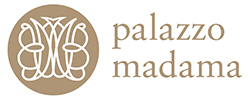
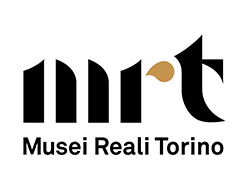
![]()

Supported by:
![]()

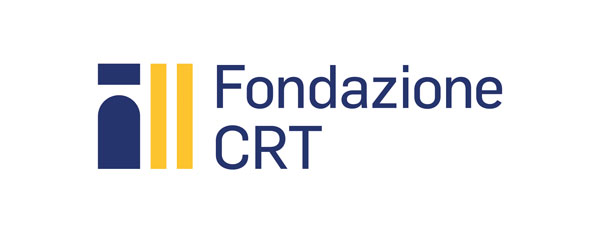
![]()
![]()




